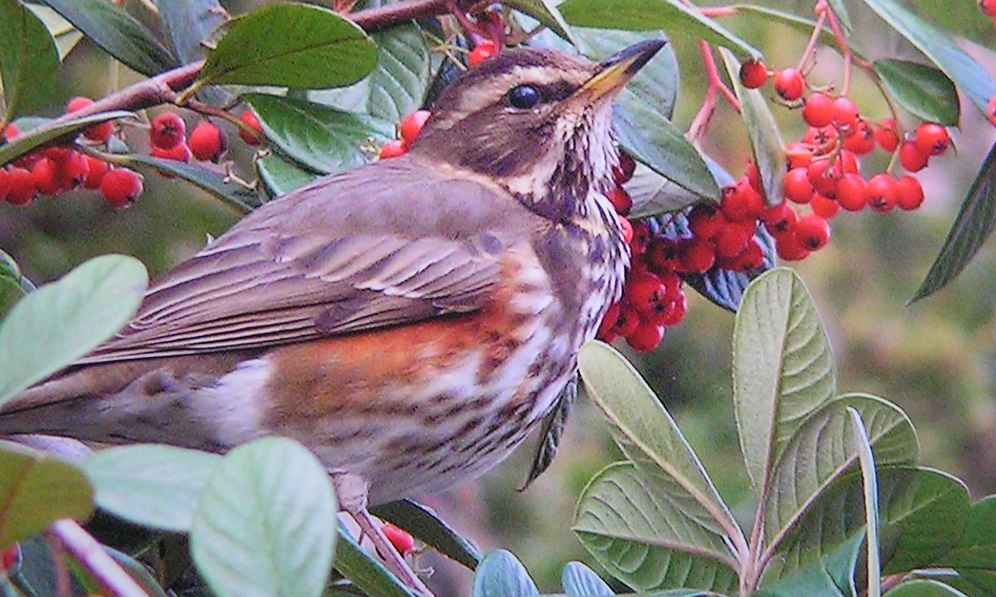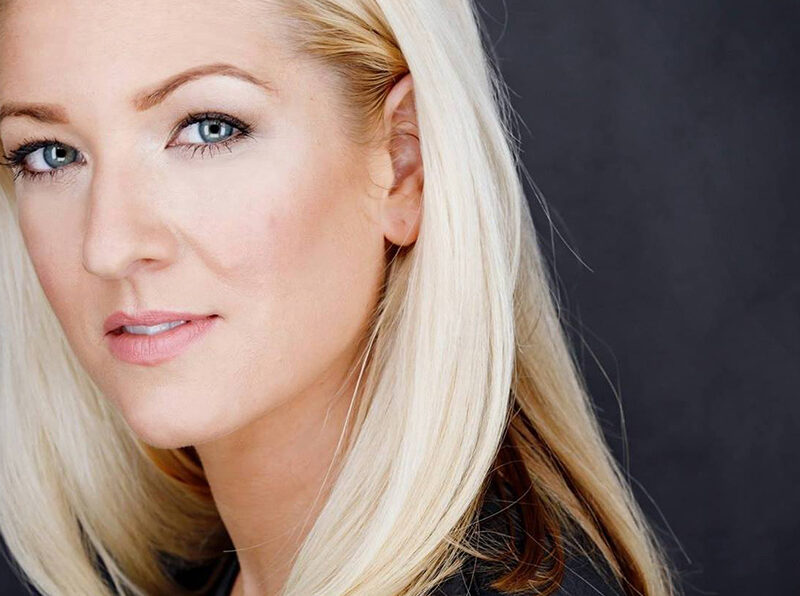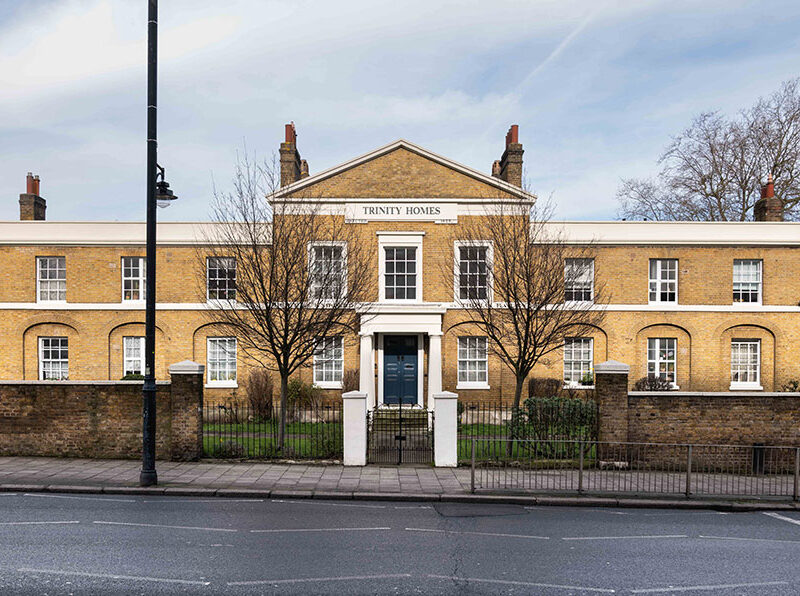
NATURE NOTES: Redwings and their ‘berried treasure’
NATURE NOTES: Redwings and their ‘berried treasure’
Local writer and former vice-chairman of the Wimbledon and Putney Commons Conservators, Tony Drakeford, highlights what’s happening in nature on our doorsteps.
IMAGE AND WORDS: Tony Drakeford
‘Berried treasure’ is what I call the fantastic crop of ripening red berries adorning a variety of trees and shrubs including hawthorn, holly, pyracantha and cotoneaster.
Treasure it is indeed because it forms a vital part of the diet of blackbirds, thrushes, redwings and fieldfares during our winter months. The smallest and arguably the most attractive of our thrushes is the redwing. I say ‘our’ thrushes but the species is, in reality, native to Scandinavia and Iceland and only spends three or four months here before returning north to breed, although a few pairs have begun to nest in Scotland recently.
Redwings always gather in quite large flocks whereas the larger fieldfares are fewer and more solitary. The number of redwings and fieldfares spending the winter here depends to some extent on just how cold the weather is in their northern habitats. When the birds migrate here they usually frequent large expanses of grassland feeding on worms and invertebrates.
Then, when berries are fully ripened and the weather turns very cold they begin to feast on the berries, sometimes stripping a whole tree within an hour.
Another very attractive occasional winter migrant bird is the waxwing and large flocks sometimes arrive from the arctic to feed, especially on rowan berries.
The photograph shows redwing among the ‘berried treasure’.






